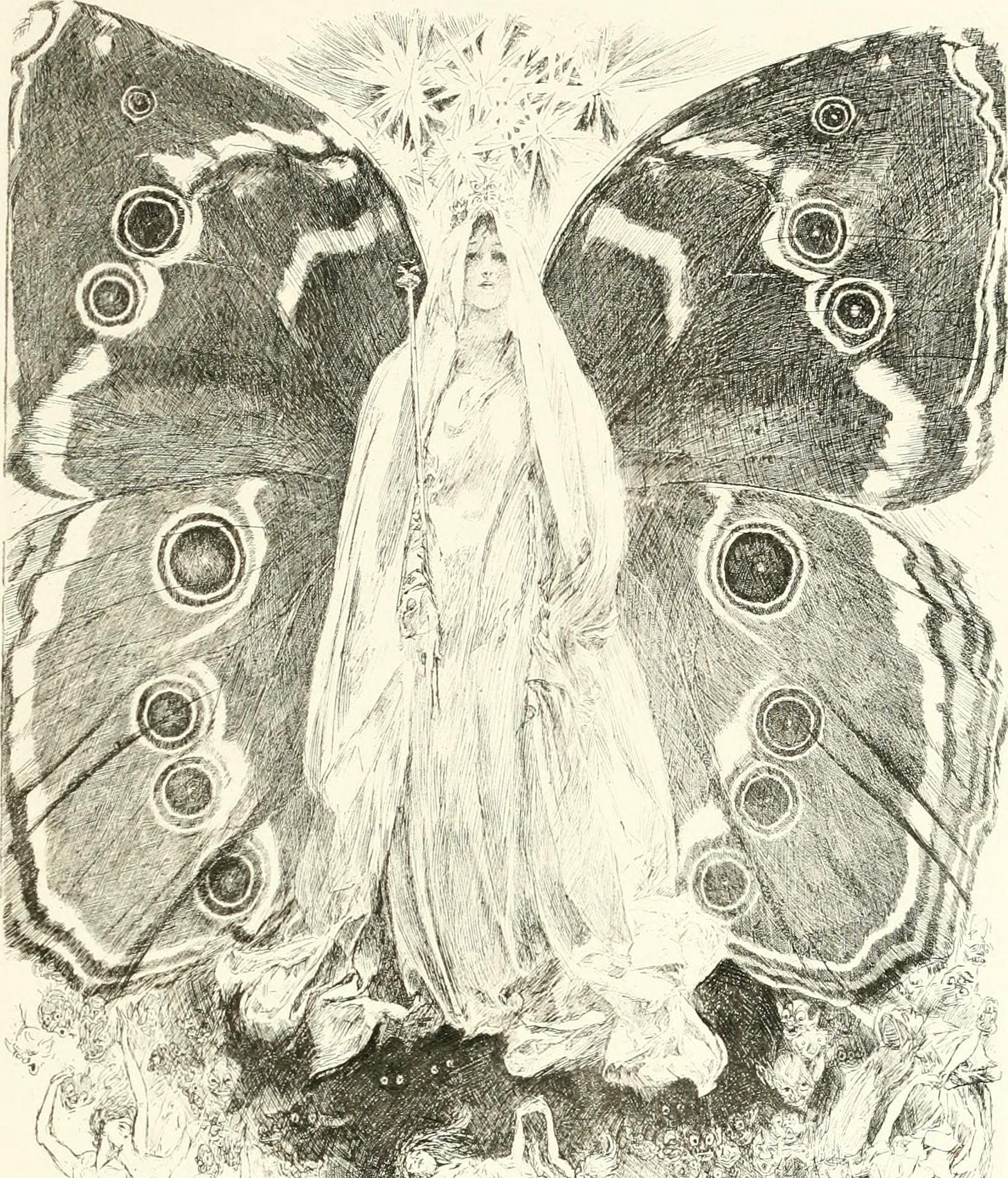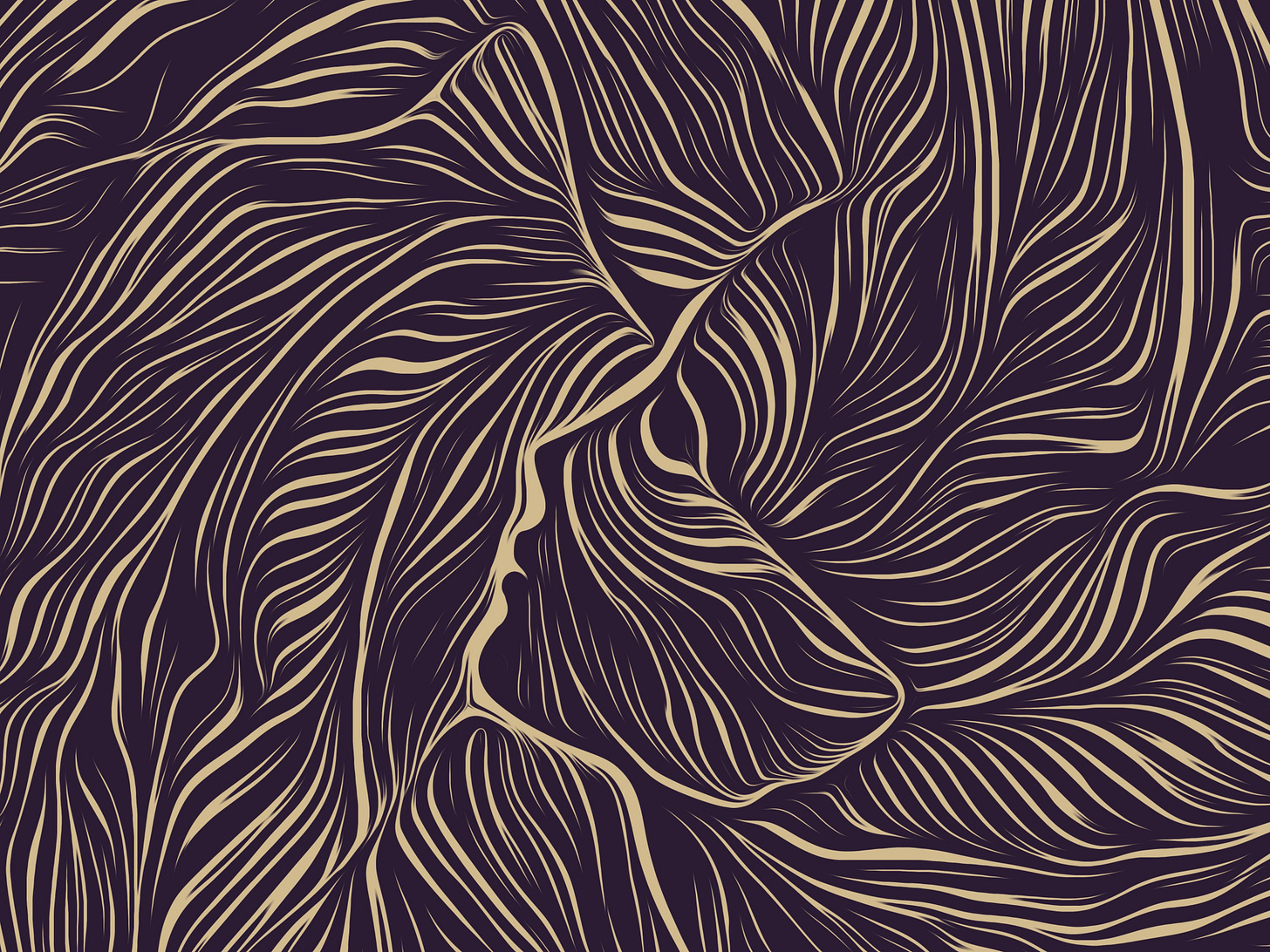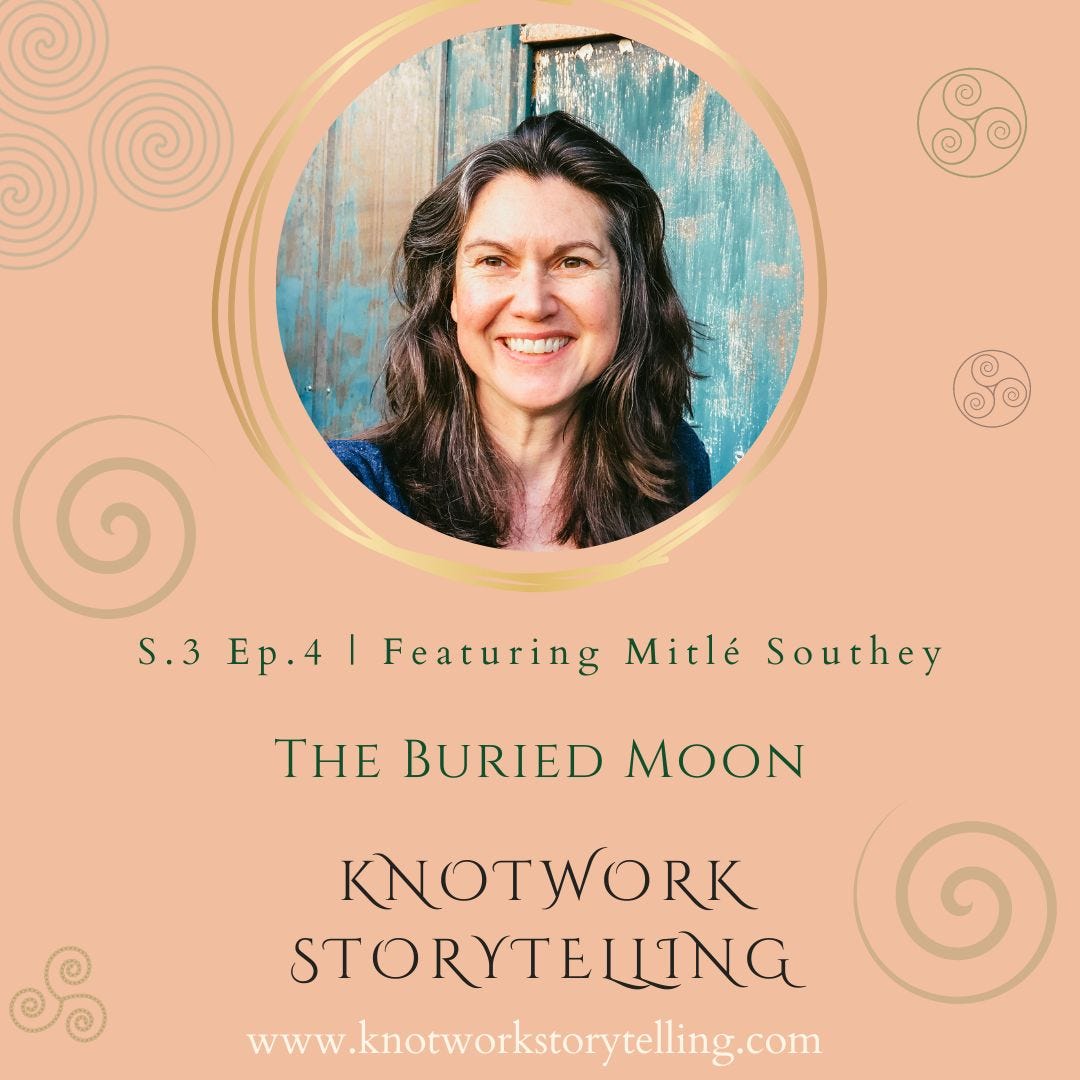Right now, I have shapeshifting on my mind.
I am thinking of the seals who turn into women, and then back again. (As in Jen Murphy’s story of the Skerries Selkie in season 1 of the podcast.)
Then there’s the goddess who is turned into a fly by a jealous rival. Of course, we cannot forget that other Irish goddess with the knack for becoming a crow. And then the witch who took the form of a hare. And, and, and…
Once you start to tune into all the shapeshifting that’s inherent to mythology, not just for the Celts, but in cultures across the globe, you start to wonder about the characters who don’t just transform into a grain of wheat or a swan on a whim.
In fact, some scholars speak of “the once all but universal belief in transformation and enchantment forms the core of innumerable popular narratives.”
Wait, let’s free that idea from the shackles of academia. (Oh, JSTOR, how grateful I am to you. And also, oh how grateful I am not to have to write like the PhDs in your database.)
Experts agree: shapeshifting magic is everywhere in the old stories.
The question becomes why?
Did our ancestors simply live in more magical times? (Maybe.) Were they more “primitive” and could only explain the disappearance of one creature by the emergence of another? (No.) Were shapeshifters the past centuries’ equivalent of Marvel super heroes? (Could be.) Will anthropologists look back on what is left our culture a millennia from now and assume that we spoke of nothing but The Avengers? (Gods, I hope not.)
I always want to believe in the most mystical option, but I don’t just go to myth and folklore for the fairy dust. These stories are about our relationship to the more-than-human world. These stories are laden with not-so-encoded messages about human nature, too.
In the tale of the Selkie, for example: was it easier for a village to describe how a wife and mother abandoned her family (or so much worse, that the husband might have killed her) by imagining that the woman was a creature of the sea and simply had to return to her element?
I’m up to my elbows in tales and footnotes as I consider the question. And, I invite you to do some “myth work” with me and attend The Gift of the Shapeshifter, a free online workshop on March 1 and 6.
Regardless of the “why” of the stories, I know that ancient stories of transformation can help us navigate the changes of today and tomorrow. Let’s explore together!
The Moon: The Most Famous Shapeshifter of All
Maybe the preoccupation with shapeshifting isn’t big a mystery at all? If the people of hundreds and thousands of years ago told stories in order to understand the natural world and contextualize their relationship with the landscape, then they’d always be engaged in a narrative of constant change.
The seasons. The tides and weather, especially if they lived on the equator and didn’t witness dramatic shifts from winter to summer. And, of course, that ever changing celestial being above, the moon.
I’m not tugging us off to howl with the werewolves (at least, not right now). Instead, let’s keep our eyes firmly fixed on the Silver Lady herself, and talk about “The Buried Moon.”
This Week on KnotWork Storytelling
Our Story
Mitlé Southey retells a classic story from her childhood home, the Fens of East Anglia, collected by Mrs. M.C. Balfour from the 1890s.
The moon becomes trapped in a marsh pool. Without her light, the bogles and beasts of the darkness take over the Fens. The local people miss her light, so they consult the old wise woman to help find their missing moon. The old woman consulted her brew pot, mirror, and fire, but to no avail, but when the community comes back with more information, she had the answers they seek.
The old wise woman advised them each to put a stone in their mouths and carry a hazel twig and be led by a woman bearing a torch. Through a combination of community effort and the wisdom of the old woman at the edge of the bog, they finally find and liberate the moon.
Our Conversation
Shapeshifting was not an overt part of the conversation because, of course, there is just so much to say about this story and all it illuminates. We can see ourselves in every character and every element of the more-than-human-world in “The Buried Moon,” including in Sister Moon, who is so caught up in over-giving that she loses track of her own needs.
Mitlé is just such a wise, fun conversation partner. In the course of our chat, we explore:
The power of the unknown and the way that the wise woman doesn’t immediately give the answer: they need to come together as a community.
The mark of the heroine: the “do it together” ethic as an alternative to the hero’s journey.
Mitlé’s experience of holding circles, both in person and online, and how we are called to continue to adapt
How the “architecture of circle” can help us today. What is being included or suppressed in a circle? What is said or unsaid? The power of silences and words? Conversations about power and biases, and what perspectives are welcomed into a space.
The need for deep conversation and long form essays rather than fitting it all into 20 minutes. Western culture’s limits of time and how it contrasts with indigenous cultures where circles last as long as they need to go.
What we can learn from indigenous traditions that gathered in circle. Questions of cultural appropriation and Inclusion.
Find Mitlé at her own Substack,
, and at Cmitlesouthey.com, Instagram, You Tube, and on The Circle School PodcastParticipate in Mitlé’s free 10-day introductory course on holding women's circles.






Thank you so much dear Marisa - I'm so grateful to know you and loved our conversation xx